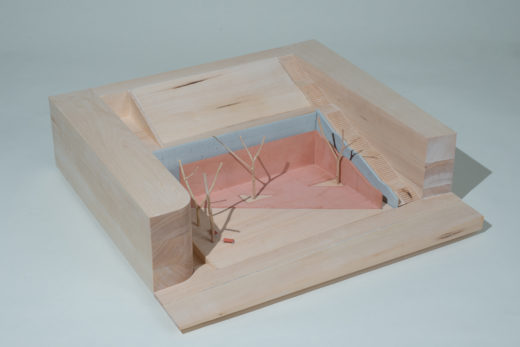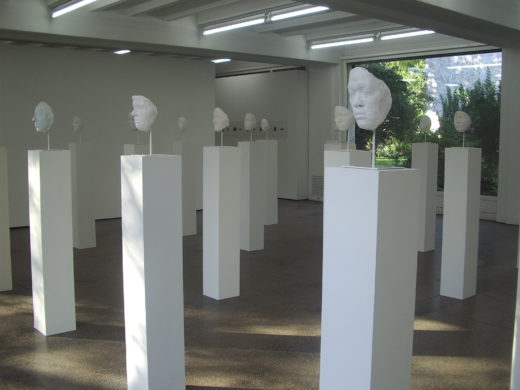Monumental Cares: Sites of History and Contemporary Art
Mechtild Widrich, Monumental Cares: Sites of History and Contemporary Art (Manchester: Manchester University Press, 2023), 256 pp.
The presence and absence of monuments, their authenticity and role in public discourse is the main topic of Mechtild Widrich’s new book, Monumental Cares. We live at a time when this issue has gained more than academic importance, as monuments are central to the politics of caring—caring for community, history, and justice. Being familiar with Widrich’s previous work, I have already utilized it in a critical situation. About a year ago, I participated in a public debate at Vancouver’s Urbanarium,… Read more







